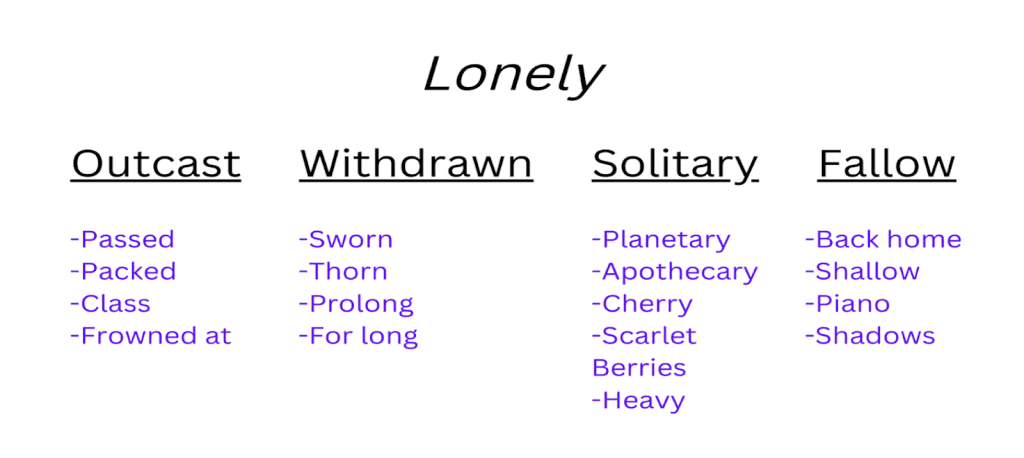We’ve all been there.
You’ve just cruised through the first verse of your song. You’ve crafted the perfect chorus. Then you get to the second verse and…
You’re all out of lyric ideas. You feel like there’s nothing left to say. Or maybe you simply don’t see how to expand on your ideas. You put the song aside to work on it later… and don’t touch it again for six months.
While writer’s block is normal and on occasion can be a helpful indicator that you need a break, it can also show up at really inconvenient times. When this happens, it can be helpful to turn to a tried and true lyric writing technique to get the ball rolling again. So next time you’re struggling to finish a song, try this helpful songwriting technique adapted from the “songwriting bible,” Writing Better Lyrics by Pat Pattison.
Building Song Worksheets
Don’t be fooled. These worksheets aren’t like the busywork your teacher would pass out to the class before retiring to their desk to surf the web and drink Diet Pepsi. They are actually really easy to create and can serve as a resource to develop hundreds of lyric ideas for the topic of your song. And the best part is that you can create them in under fifteen minutes.
Step One: Identify the song topic
The first step is to figure out what the overarching topic of your song. For example, if you have this chorus:
Living life off the grid
Where the city don’t sleep
In a room full of people
No one looking at me
You could be interpreted as feeling alone even though you’re surrounded by others. So, the overarching theme could be identified as loneliness.
Step Two: Make your first list
Next up, you’re going to write down every word and idea you can think of that is associated with this topic. Sticking with our example above (loneliness), you would write down words like isolation, quiet, empty, barren, space, other, insecurities, etc.
Step 3: Time to surf the web
Next, it’s time to blow the dust off your old thesaurus. Or use LyricStudio’s Thesaurus Tool. This will help you find synonyms and related lyric ideas. Simply choose “thesaurus” from the suggestions dropdown menu, and enter words you came up with in step one to compile a larger list of words and ideas. For the “lonely” example above, we get the following words.
- Deserted
- Withdrawn
- Outcast
- Solitary
- Dry
- Fallow
- Secretive
Step 4: Build your worksheet
You’ve conceptualized. You’ve pondered the meaning of multiple synonyms. You’ve broken out your favorite pack of gel pens and now you’re ready to build your worksheet. This is the fun part! Write your chosen words across the page like this:
Deserted | Withdrawn | Outcast | Solitary | Dry | Fallow | Secretive
Now, for each word, use a rhyming dictionary to compile a list of near rhymes for each word. Whereas in a perfect rhyme the end syllable has the same vowel and consonant sounds, a near rhyme at minimum shares the same ending vowel sound.
You might be wondering: Why near rhymes instead of perfect? Near rhymes help us avoid writing cliche and predictable lyrics, and open up our options to many more possibilities. LyricStudio makes it easy to search for near rhymes by setting the drop down menu to “rhymes” and checking the “near rhymes” box. However, feel free to add some perfect rhymes as well if you like. Let’s build our sample worksheet using a few of the words above.

Once you have completed your lists, your song worksheet is done! You now have a resource filled with potential rhymes for words related to your main topic that can help you build lines in minutes.
Although it can be fun to just sit down and write, sometimes a little song planning can go a long way. It can help you make more intentional choices in your lyrics, arrangement and production. Perhaps one of the best things about it is that it can help to give you some direction when you are feeling stuck. So next time you’re agonizing over writing the perfect chorus or that second verse, try turning to these songwriting techniques to give your writing session some much needed structure!

